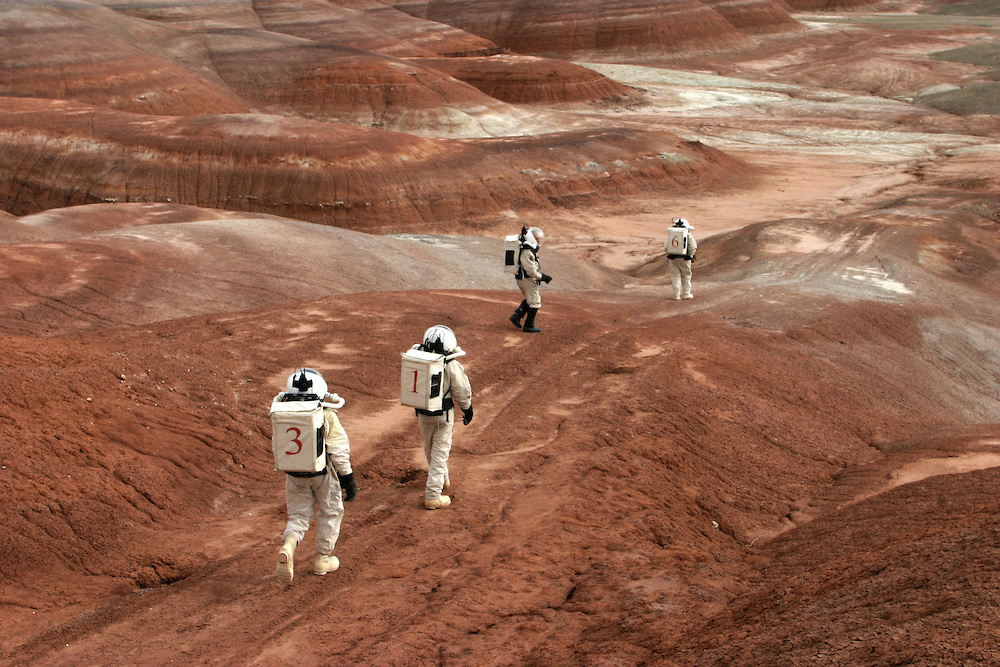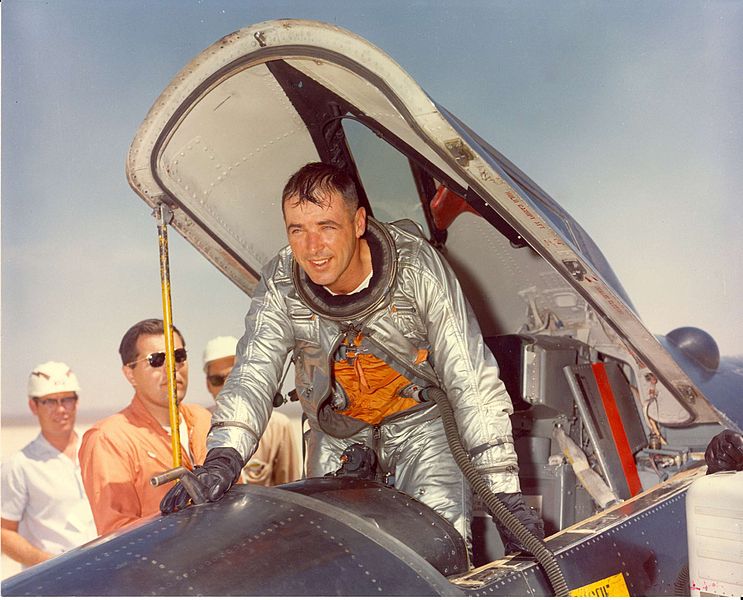
Of the two things that could transform the world, Tesla and SpaceX, the former is far more plausible to succeed in its goal, which would be to environmentally remake the home and roads, but Elon Musk sees each as equally necessary for the human race to survive. Bloomberg has published an excellent segment from Ashlee Vance’s new book about Musk in which the writer makes clear how close the industrialist/technologist came to losing both the electric-and-solar empire and a shot at colonizing Mars.
SpaceX began with a dream of sending mice to our neighboring planet in a rocket purchased from the Russians, but consumer frustration forced Musk to build his own mini-NASA start-up, and for his ambitions to grow exponentially.
An excerpt:
Elon and Justine decided to move south to begin their family and the next chapter of their lives in Los Angeles. Unlike many Southern California transplants, they were drawn by the technology. The mild, consistent weather made it ideal for the aeronautics industry, which had been there since the 1920s, when Lockheed Aircraft set up shop in Hollywood. Howard Hughes, the U.S. Air Force, NASA, Boeing, and a mosaic of support industries followed suit. While Musk’s space plans were vague at the time, he felt confident that he could recruit some of the world’s top aeronautics thinkers and get them to join his next venture.
Musk started by crashing the Mars Society, an eclectic collection of space enthusiasts dedicated to exploring and settling the Red Planet. They were holding a fund-raiser in mid-2001, a $500-per-plate event at the house of one of the well-off Mars Society members. What stunned Robert Zubrin, the head of the group, was the reply from someone named Elon Musk, whom no one could remember inviting. “He gave us a check for $5,000,” Zubrin said. “That made everyone take notice.” Zubrin invited Musk for coffee ahead of the dinner and told him about the research center the society had built in the Arctic to mimic the tough conditions of Mars and the experiments they had been running for something called the Translife Mission, in which there would be a capsule orbiting earth carrying a crew of mice. It would spin to give them one-third gravity—the same as Mars—and they would live there and make babies.
When it was time for dinner, Zubrin placed Musk at the VIP table next to himself, the director and space buff James Cameron, and Carol Stoker, a planetary scientist for NASA. Musk loved it. “He was much more intense than some of the other millionaires,” Zubrin said. “He didn’t know a lot about space, but he had a scientific mind. He wanted to know exactly what was being planned in regards to Mars and what the significance would be.” Musk took to the Mars Society right away and joined its board of directors. He donated an additional $100,000 to fund a research station in the desert.
Musk’s friends were not entirely sure what to make of his mental state at that time. He’d caught malaria while on vacation in Africa and lost a tremendous amount of weight fighting it off. Musk stands 6-foot-1 but usually seems much bigger than that. He’s broad-shouldered, sturdy, and thick. This version of Musk, though, looked emaciated and with little prompting would start expounding on his desire to do something meaningful with his life. “He said, ‘The logical thing to happen next is solar, but I can’t figure out how to make any money out of it,’ ” said George Zachary, an investor and close friend of Musk’s, recalling a lunch date at the time. “He started talking about space, and I thought he meant office space like a real estate play.” Musk had already started thinking beyond the Mars Society’s goals. Rather than send a few mice into earth’s orbit, Musk wanted to send them to Mars.
“He asked if I thought that was crazy,” Zachary said. “I asked, ‘Do the mice come back? Because, if they don’t, yeah, most people will think that’s crazy.’ ” Musk said that the mice were not only meant to go to Mars and come back but they also would come home with the baby mice, too.•



